When you think of flowers in Japan, the first thing that probably comes to mind is the famous cherry blossom. However, there are numerous other flowers that you can admire in Japan. One of these is ajisai, the Japanese hydrangeas, which offer an alternative experience to the tourist-crowded cherry blossom season. With their colorful diversity and multitude of meanings, Japanese hydrangeas have become another popular floral splendor. Here, learn about Japan’s hydrangea season, when and where to plan your trip, and what you shouldn’t miss when ajisai are in season.
When is Ajisai Season in Japan?
In Japan, the first ajisai (紫陽花, アジサイ) are already mentioned in the Man’yoshu, the oldest collection of Japanese waka poems from the Nara period (710-794). The hydrangeas not only have a history going back thousands of years but are also represented in Japan with over 100 variations.
Not only can you find different flower shapes, the variety of colors also range from shades of blue, to purple and pink to shades of white. Each ajisai color has its own meaning: While blue hydrangeas symbolize “patient love,” white varieties are associated with “tolerance” and pink with “energetic women.”
Hydrangeas normally bloom during the rainy season in June and July, but the exact period depends on the year’s temperatures and the variant. However, they are quite long-lasting and usually look beautiful for three to four weeks before the flowering officially ends.
The Best Places to See Hydrangeas in Japan
There are numerous places in Japan where you can experience hydrangeas in their full glory. In Tokyo, Hakusan Shrine, Takahata Fudoson Temple, Tamagawadai Park, and Fuchu City Kyodo-no-mori Museum are among the top spots to view these flowers. These stand out primarily because of the many bushes, but you can also find hydrangeas here and there in many corners.
In the neighboring prefecture of Kanagawa, Myoraku-ji Temple is particularly known for its hydrangeas, as is Sagamihara Kita Park, where the white-greenish Annabelle variety blooms over a large area. There are also numerous hydrangeas around the temples of Kamakura. In Hakone, you can even take the Hakone-Tozan Railway, riding along a route lined with ajisai.
One of my personal recommendations is the Kaisei-machi Ajisai Matsuri in Kaisei Town, which is also located in Kanagawa Prefecture. This matsuri (festival)is not too crowded compared to other events, probably because it is a bit more rural. There, you can see around 5,000 hydrangea bushes blooming between rice fields, stroll along the designed paths, and enjoy the atmosphere. During the festival, there are also dance performances and small food stalls.
But there are also numerous places to see ajisai outside Japan’s metropolitan region. Shimoda Park in Shizuoka Prefecture is a popular excursion destination, offering the splendor of flowers and proximity to the sea.
In Chiba Prefecture, there is the Hattori Hydrangea House with over 10,000 plants. If you want to combine the hydrangeas with a visit to the hot springs, we recommend the Ajisai-no-Sato in Katahara Onsen in Aichi Prefecture. About 50,000 plants bloom around the Hodagaike Pond in the center of the onsen town.
Kyoto Prefecture, on the other hand, impresses with its combination of temples and hydrangeas, for example, at Yoshiminedera Temple or Mimurotoji Temple.
Of course, there are countless spots, so we can’t list them all here. In addition to places where hydrangeas grow, there are also many places that are decorated with ajisai. An example of this is chozuya, the water basins at the entrance to shrines and temples where people usually clean their hands. Sometimes, real flowers float in these, and you can also find other decorations. So always keep your eyes open!
Pick Up Hydrangea Season Souvenirs
Of course, you can not only look at hydrangeas in Japan but also buy them. By that, I don’t mean the real plants — although these are also available to buy — but rather goods you can take home with you as a souvenir or gift. How about a small bag with an ajisai pattern or a shoulder bag?
Tenugui, traditional towels made of thin cotton fabric, make a good decorative object that can be hung on the wall. Or perhaps something more practical: a folding fan with a hydrangea design that you can use to fan yourself cool air. Even some fashion brands bring hydrangea collections onto the market, with various clothing items and accessories. Fans of stationery are also not left out at this time. Be it masking tape, stickers, or pretty paper — everything is available with an ajisai design!
One of my favorite souvenirs to collect are goshuin. The calligraphic stamps of shrines and temples are now often adapted to seasonal themes, so many places have goshuin with hydrangea designs in June. If you want to collect these in the Tokyo area, check out Hourinji Temple, Asagaya Shinmeigu Shrine or Sakura Jingu — but of course, there are many others.
Enjoy Culinary Ajisai Highlights
Japan is a country where you eat with your eyes, too. Many restaurants and cafés offer seasonal dishes. In recent years, there have been more sweet desserts designed with a hydrangea theme, such as pretty parfaits or bluish drinks.
One café in Tokyo sets high standards: the Haute Couture Café not only offers elegant afternoon tea sets with themed dishes but also transforms the entire interior into a sea of flowers. This makes the visit an experience in itself. The theme changes every one or two months, and so in 2024, they also have a hydrangea theme in the café which is based in Nakameguro.
There is also an ajisai-themed afternoon tea at the Shinjuku Prince Hotel and Ristorante Mangiare Isayama in Yokohama, although with less decoration.
If you prefer something a little simpler, some cafés only enhance the food and otherwise offer a quiet ambiance. A suggestion is the café Sunday Brunch in Shimokitazawa, which offers ajisai cakes and drinks. But there are plenty of other cafes in Japan — if you’re looking for them online, use the Japanese search term “紫陽花スイーツ.”
I hope you are now well prepared for the hydrangea season in Japan. There is much to experience and see, so it is worth exploring Japan even during the rainy season.
Translated from German by Claudia Mitsubori
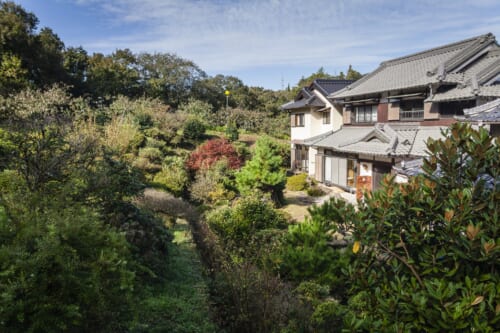
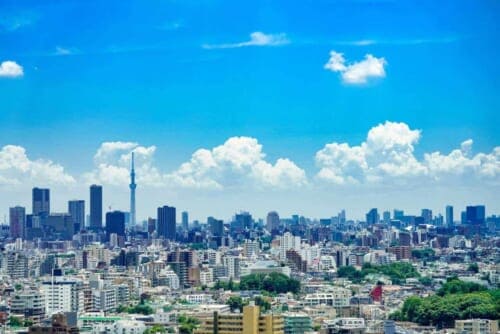
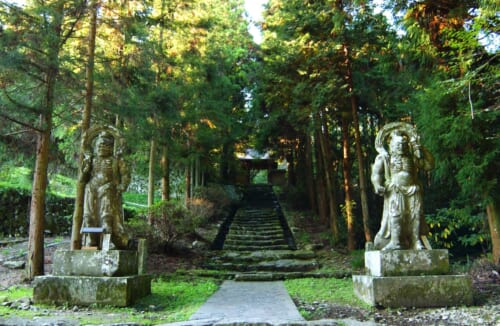
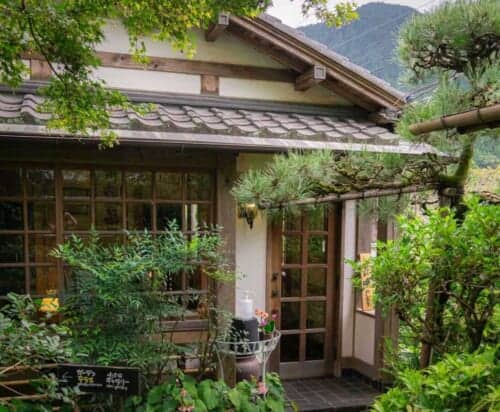
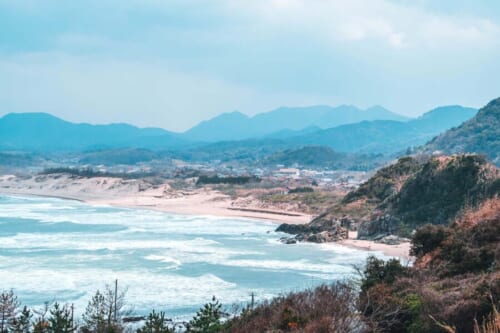

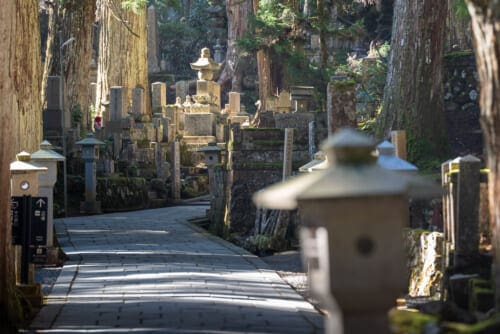


No Comments yet!